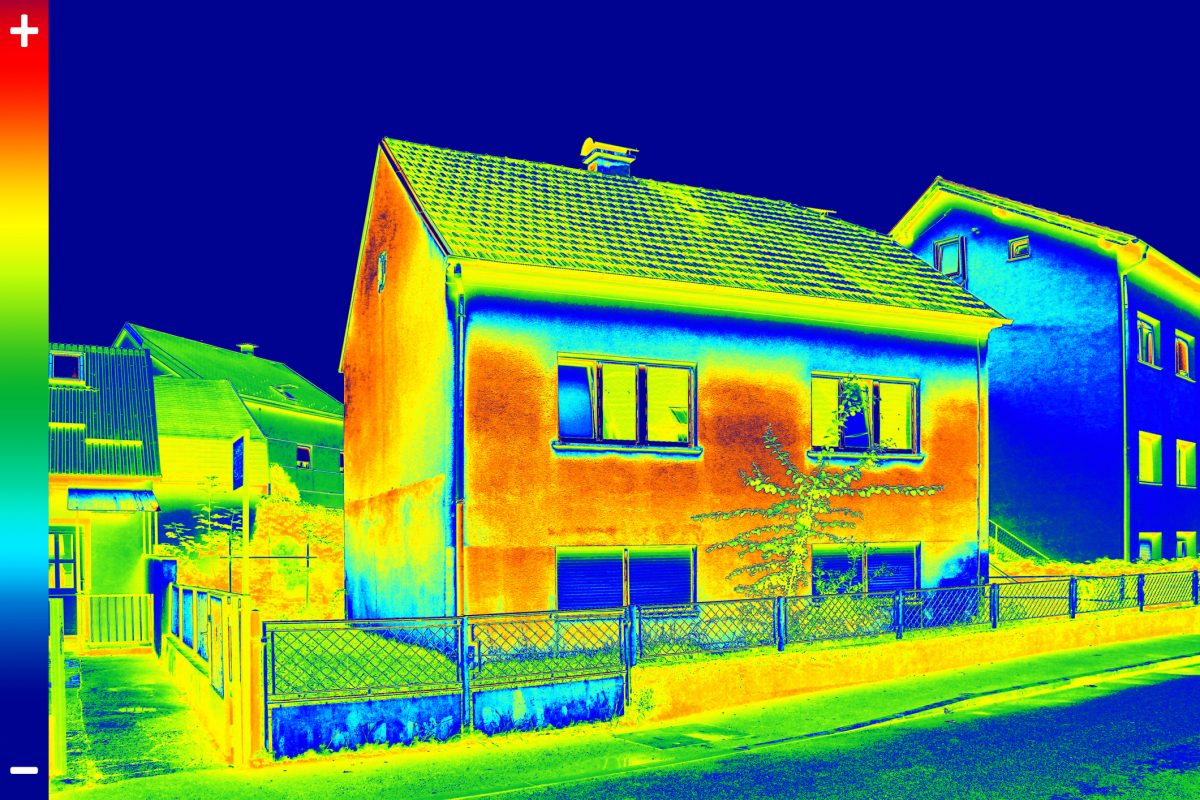There are a number of benefits to having a thermal imaging/infrared scan done as part of your home inspection. The primary benefit is that it can find issues that would otherwise be impossible to see. Because infrared imaging can detect temperature differences within walls, it can help the home inspector detect all kinds of problems that could be invisible to spot. Let’s take a look at what a thermal imaging scan can find in a home inspection:
1. Roof issues – Thermal imaging can see roof leaks, missing insulation and even some forms of structural damage related to the roof of the home.
2. Mold – Mold is a serious issue, particularly given the humid climate we have in the Myrtle Beach area. Mold can grow within walls undetected for a significant period of time. An infrared scan can pick up temperature differences that indicate moisture where there shouldn’t be moisture – which can sometimes lead to the discovery of mold growth.
3. Missing insulation – Even in new construction homes, things can get overlooked or missed. Infrared or thermal imaging can find and detect areas where insulation is missing or has come loose or fallen out in attics but also where insulation was missed in the general walls of the home as well.
4. Damaged framing – Damaged framing is a structural issue that can cause serious safety issues in a home. Because infrared technology can detect the temperatures within walls, it can often find damaged framing based on temperature differences that highlight the interior structure behind the walls.
5. Pest infestations – From mice to insects, pest infestations can be a serious problem for any home sale. Mice and groups of insects such as bees or wasps give off heat within the walls or under the siding of a home. This heat signature can help a home inspector detect and find many types of pest infestations.
6. Plumbing leaks – Plumbing leaks that happen inside walls often start small and go undetected for some time before they are significant enough to be visible from the other side. Thermal imaging picks up the temperature difference of the moisture from the plumbing leak and helps the inspector find the leak before it becomes a major problem for the new homeowner down the line.
7. Electrical issues – Faulty electrical wiring, overheating circuits and other electrical issues show up as hot spots on the thermal imaging scan. This helps the inspector find and pinpoint any areas of the electrical system that are faulty and dangerous but hidden within walls where they could eventually cause a fire.
With all of the potential problems and issues a thermal imaging or infrared scan can find during a home inspection, it just makes sense to choose a home inspector that provides this service. Bridgewater Homewatch performs a thermal imaging scan as part of every inspection at no extra cost to you. Thermal imaging gives you the most thorough information about the home you are planning to buy and saves you from serious issues down the line.






